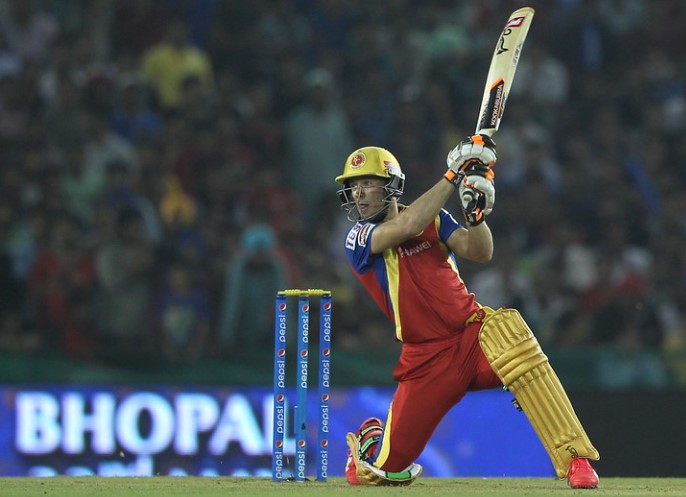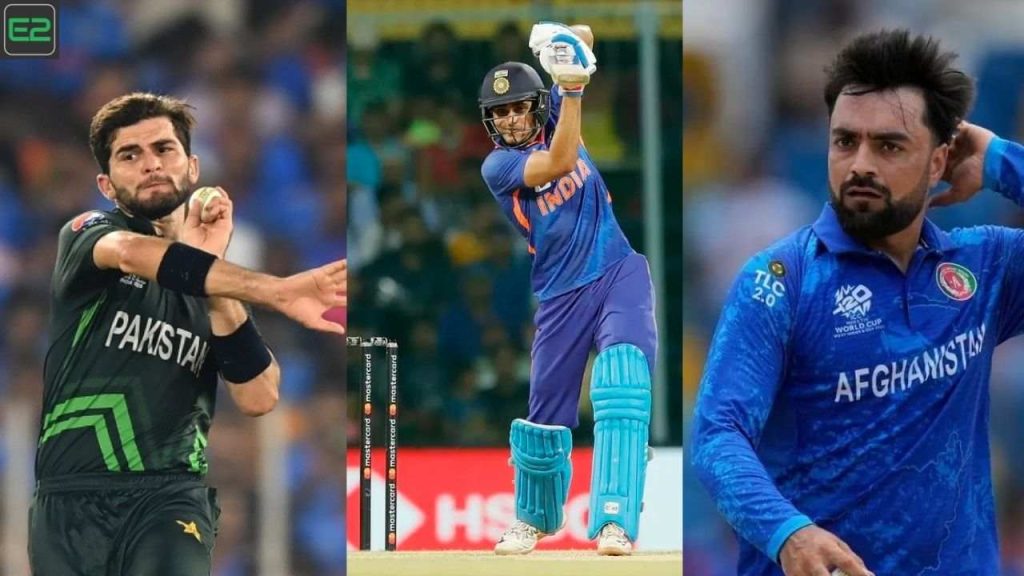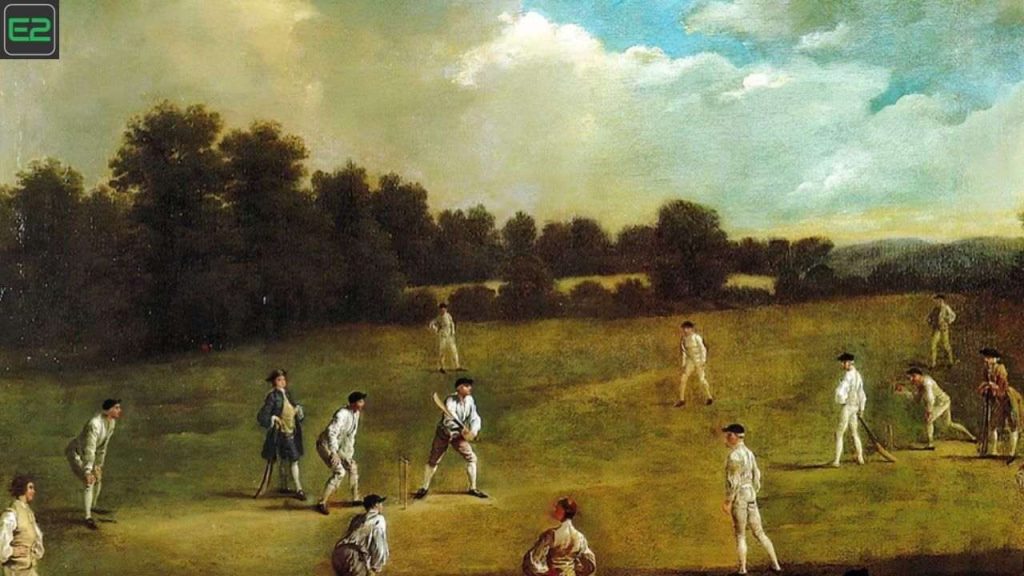Powerplay rules in ODI cricket was officially introduced by the International Cricket Council (ICC) in 2005.
While the powerplay rules in ODI cricket were amended multiple times between 2008 and 2011, the 2015 ruling is currently in use.
Let us understand the meaning and brief history of powerplay overs in ODI cricket.
What is powerplay?

The International Cricket Council coined the term in 2005, once limited-overs cricket incorporated Twenty20 cricket besides the 50-over ODI format.
How does powerplay in cricket work?

The powerplay overs would allow only a select number of fielders within and outside the 30-yard circle on a cricket pitch.
Powerplay, as it is now, divides the entire quota of 50 overs in an innings into three blocks – the first 10 overs, overs 11 to 40 and the final 10 overs. Fielding teams need to abide by different fielding restrictions during each of these phases.
What are the powerplay rules in ODI cricket?

According to the guidelines of the ICC Playing Handbook, the powerplay rules in ODI cricket state that
1 (Overs 1-10): The first 10 overs of the game – dubbed the mandatory powerplay – allows a maximum of two fielders outside the 30-yard circle.
2 (Overs 11-40): During this phase of a 50-overs cricket match, a maximum of four fielders are allowed to be stationed outside the 30-yard circle.
3 (Overs 41-50): For the final 10 overs in the game, fielding teams can see a maximum of five players placed outside the 30-yard circle.
What were the previous field restriction rules in cricket?

The first use of field restrictions in ODI cricket can be traced back to the 1980/81 season in Australia.
It would receive its first amendment somewhere around the 1992 Cricket World Cup. The new field restrictions permitted two fielders outside the 30-yard circle in the first 15 overs while five fielders for the remaining part of the 50-overs game.
In 2005, the ICC broke down the field restrictions into three blocks with each known as powerplay. The initial 10 overs are a mandatory powerplay phase, followed by two five-over powerplays that the fielding team could call for anytime in the fixture.
In 2008, a small yet major update to the 2005 ruling was that one of the two five-over powerplays would be awarded to the batting team. The primary reason behind this amendment was to accelerate the run rate between the middle overs, but it also had its own drawbacks.
After noticing that some teams opted to use the batting powerplay in the death overs, the ICC made it mandatory in 2011 that the batting and bowling powerplays must be taken strictly within the overs 16 to 36 without coinciding with each other.
Following the 2015 change in powerplay rules in ODI cricket, all three powerplay phases (overs 1-10, 11-40 and 41-40) became mandatory. Thus, there would be no separate batting or bowling powerplay.
You will have fun playing exciting games on here: E2Bet
Here Are Some Helpful Tips:













